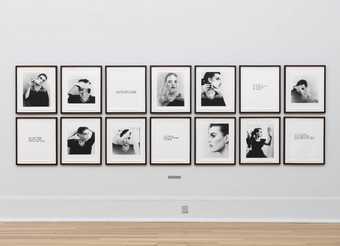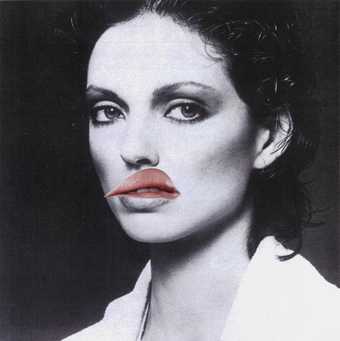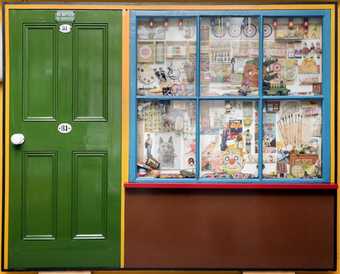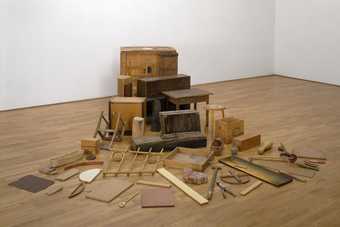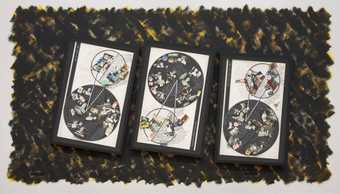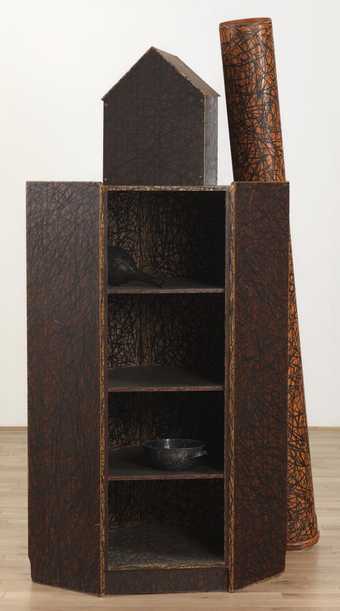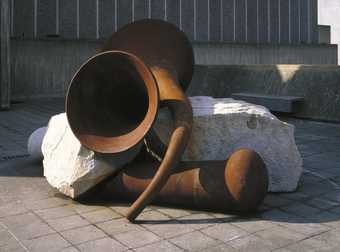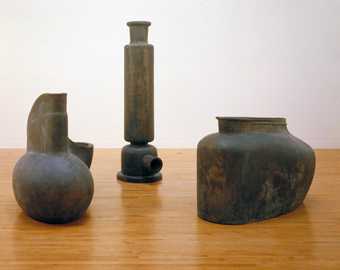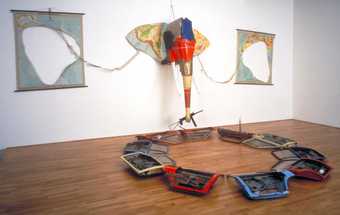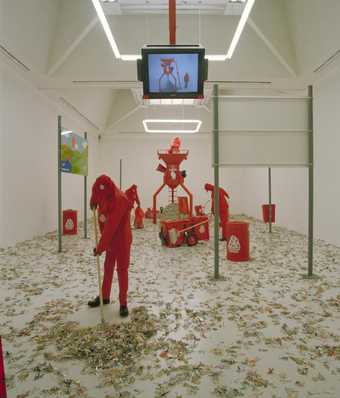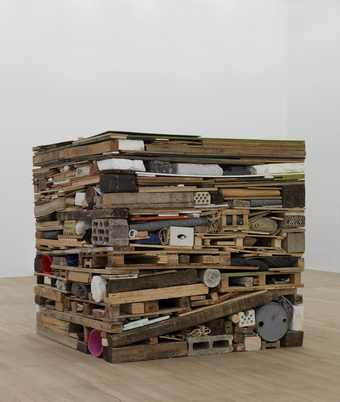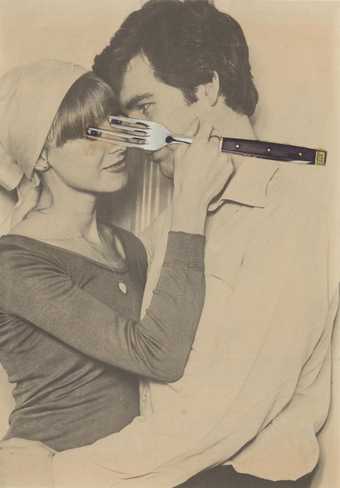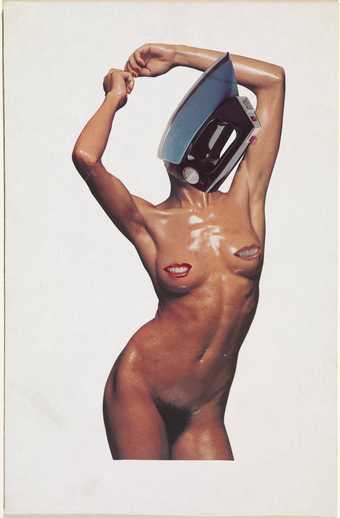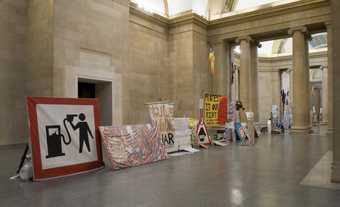
- Artist
- Tony Cragg born 1949
- Medium
- Plastic, wood, rubber, paper and other materials
- Dimensions
- Confirmed: 4400 × 10400 × 100 mm
- Collection
- Tate
- Acquisition
- Purchased 1982
- Reference
- T03347
Display caption
Gallery label, August 2004
Does this text contain inaccurate information or language that you feel we should improve or change? We would like to hear from you.
Catalogue entry
T03347 BRITAIN SEEN FROM THE NORTH 1981
Not inscribed
Plastic and mixed media, dimensions variable
Purchased from the Lisson Gallery (Grant-in-Aid) 1982
Exh: Tony Cragg: Sculpture, Whitechapel Art Gallery, February–March 1981 (works not listed); New Art at the Tate Gallery, Tate Gallery, September–October 1983 (works not numbered, repr.in colour)
Lit:
Lynne Cooke, ‘Tony Cragg at the Whitechapel’, Artscribe, no.28, 1981, pp.54–5, repr.p.54
Repr: Artforum, XX, November 1981, p.46 in colour; Tony Cragg (exh. catalogue), Kunsthalle, Bern, April–June 1983, pp.46–7
Tony Cragg's ‘Britain seen from the North’ was made in London for his exhibition at the Whitechapel Art Gallery in February–March 1981. It was made from scrap materials which he had collected from streets and waste sites in West London immediately before the exhibition. This was the first occasion on which he had incorporated materials other than plastic in a work of this kind, a representational image applied to a wall and thus the realisation of an ambition that he had to extend the nature of his work.
The work, when exhibited, consists of two elements, a representation of the British Isles drawn on its side and a standing male figure (self-portrait) placed so that it appears to be looking at it. The figure was made by the artist drawing around his own body on to a sheet of polythene pinned to the wall, and the map by drawing freehand from an atlas used as reference on to a large sheet of polythene laid on the floor. From these stencils were made which were pinned to the wall to enable the work to be arranged, and their relationship to each other changed to suit the area of wall available.
Cragg, who now lives in Germany, described his surprise at seeing the Whitechapel upper gallery space immediately prior to his exhibition; it had been increased considerably and he was forced to reconsider his plans. The result was a group of new large works on related themes made in a short period of time. It included, in addition to ‘Britain seen from the North’, a postcard ‘Union Jack’, a crown, and a riot policeman. Cragg does not deny the influence of events on himself and recalls that he was unhappy to return on this occasion to an England he felt beset by problems of inner city unrest and a worsening economic situation, and ‘the superficial, hysterical enthusiasm generated by such an irrelevant event as a royal wedding’. This work is in part a portrait of the artist visiting his own country, but viewing it askance with the eyes of an outsider.
This sense of depression is mitigated partly by the colours and materials he has chosen. In several of the earlier works, and in the Union Jack in the same exhibition, he had used discarded plastic objects. Here, he also incorporates other waste, metal and wood. Seen from a distance where the whole image can be appreciated, the effect is almost decorative. But as the artist points out, as the spectator approaches the work and realises the true nature of the materials and their sources ‘a tension is created which has an important function in the work.’
Published in:
The Tate Gallery 1980-82: Illustrated Catalogue of Acquisitions, London 1984
Explore
- emotions, concepts and ideas(16,416)
-
- formal qualities(12,454)
-
- found object / readymade(2,631)
- map(110)
- UK countries and regions(24,355)
-
- Great Britain(113)
- social comment(6,584)
-
- contemporary society(640)
You might like
-
Linder She/She
1981, printed 2007 -
Linder She’s too much for my mirror
1979, 2008 -
Peter Blake The Toy Shop
1962 -
Tony Cragg Axehead
1982 -
Stephen Willats Are you Good Enough for the Cha Cha Cha?
1982 -
Tony Cragg Mineral Vein
1986 -
Tony Cragg Raleigh
1986 -
Tony Cragg On the Savannah
1988 -
Bill Woodrow Elephant
1984 -
Michael Landy CBE RA Scrapheap Services
1995 -
Tony Cragg Stack
1975 -
Linder Untitled
1976 -
Linder Untitled
1976 -
Linder Untitled
1976 -
Mark Wallinger State Britain
2007

